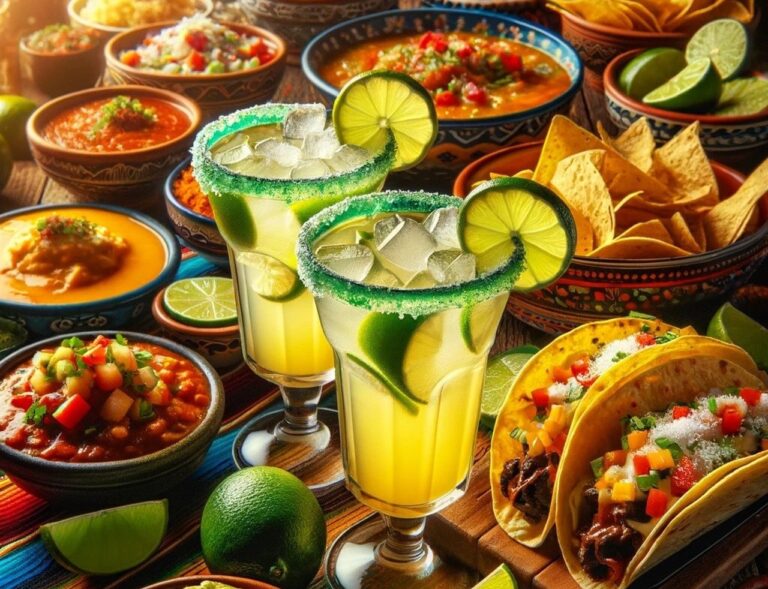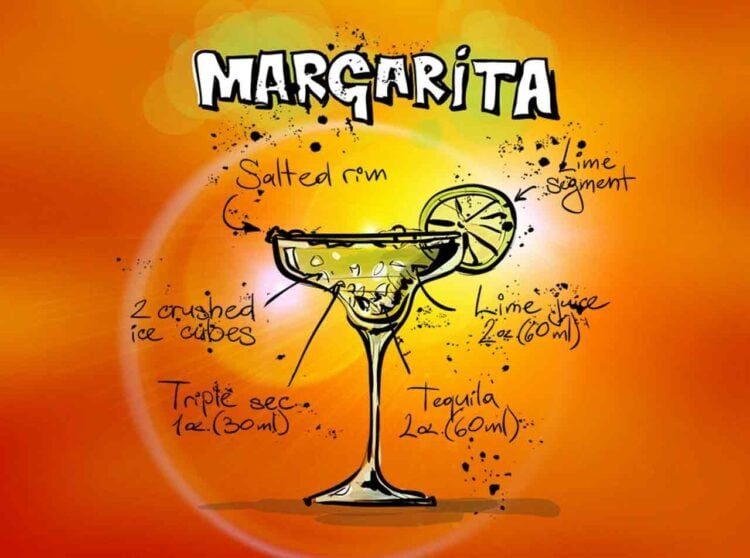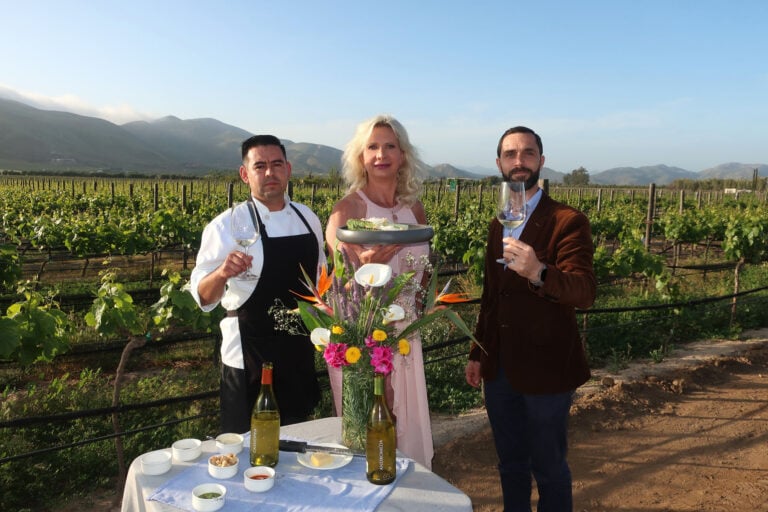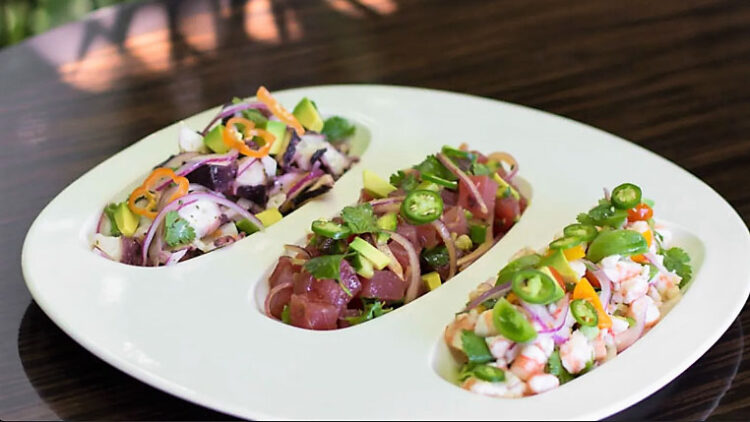The True Story of Nouvelle Cuisine
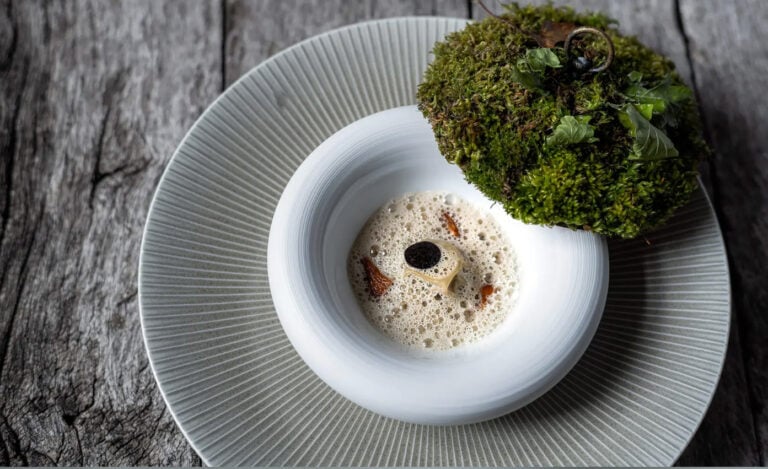
Nouvelle Cuisine, a French revolution
In 1969, three rebels ignited a crusade against Guide Michelin and its pompous stars. They proclaimed loudly that the red book was a stubborn bastion of conservatism, turning its back on reality, favoring the tired old school and disdaining the vibrant efforts of the new generation of French chefs who had guts (The French say: tripes).
This was the theme of a new publication called Le Nouveau Guide, launched by André Gayot, Henri Gault and Christian Millau. After all these years, André tells for the first time the true story of this French revolution of the plates, which eventually swept the entire world. When in March 1969 Henry Gault, Christian Millau and I founded Le Nouveau Guide, our monthly magazine devoted to food and wine—and the first of its kind in France—we felt that a new era was looming behind the kitchens of France.
The Culinary French Revolution
The year before, the country had been seized by a spring fever that, all things considered, was more of a revolution than an accident. Although law and order had been restored, new ideas were flying across Europe and parts of the world. The Cinema, invented by the Lumière brothers of Lyon, was also turned upside down. A gang of friends, “les copains” led by Godard, Truffaut, Malle, and Resnais, had begun to shake the celluloid establishment with incendiary articles in the infamous journal Cahiers du Cinema. They proclaimed that the time had come for a less conventional cinema style. Heavy equipment and stodgy scenarios were to be replaced by imagination and ingenuity. Cameras would shoot from the shoulder, like on the battlefront. New, natural techniques would create more lively films and reflect reality more truly. Since “la nouvelle vague” (the new wave) of these notorious rebels, cinema has changed.
In comparison, the world of the kitchens was very quiet. The profession was contained within the yoke of rules established more than a century ago and nobody thus far had dared to question it. An evolution seemed necessary. That’s what we had in mind when we wrote the first issue of Le Nouveau Guide. On the cover page (clumsily designed, I must admit), one could read in bold letters “Michelin: Don’t forget these 48 stars!” Michelin, a respected and powerful publication, was the bastion of culinary conservatism. They paid little attention to creation, shutting out their finely printed pages to chefs who had started to become unruly, rejecting the—until then—undisputed principles that were for Michelin the pillars of gastronomy.
This article, priming a tidal wave, was the draft of the “constitution” of “Nouvelle Cuisine” and the beginning of fame for Paul Bocuse, Michel Guérard, Roger Vergé, Louis Outhier, Alain Senderens and a number of others. We had distinguished these 48 unknown chefs because, although they did not know each other then, they were developing a new concept of cooking.
Says Chef Jacques Pépin
“Nouvelle cuisine was soon popularized by food writers eager to discover something new, and by journalists, who overpraised it. It became the rage, a new creed, and the intellectuals of the movement were the French journalists Gault and Millau. They not only extolled this new way of cooking but set down the cuisine’s bylaws with the help of some of the great chefs of France, particularly Bocuse and Guérard.” Chef Jacques Pépin in his book “The Apprentice”.
Chef Sylvain Renzetti from SoN’ Restaurant honoring Nouvelle Cuisine
READ THE ARTICLE: A Chef with a Grand Future at SoN’ Restaurant | Bordeaux, France
Gone the heavy sauces, fewer calories
First, a dinner was an opportunity to satisfy all our senses, beginning with sight. Food had to be presented in an artistic manner playing with colors and forms, and the plate had to be arranged as a work of art similar to a sculpture or a painting. New instruments were available such as food processors and state-of-the-art ovens and there was no reason not to use them for elaborate new preparations. But mostly, these chefs emphasized the quality of the products and their freshness and proclaimed that it was not necessary to overload them with heavy sauces based on flour and butter or to overcook them, especially fish. This simplification would reveal the true taste of the food and would constitute a healthier fare to boot.
Michel Guérard was probably the most instrumental in this healthy orientation. He created a spa in Eugénie-les-Bains, where you can enjoy superb food and shed weight by the same token. But I remember the little bistro where he started. Le “Pot au feu” was located in a suburb of Paris, in a small street of Asnières. The white collars of the Phillips electronic company nearby formed the core of the delighted clientele, indulging at lunch in wonderful chaud et froid de volaille. Louis Outhier, who had worked at L’Oriental in Bangkok, was the one who introduced the Asian accent with spices and herbs. He knew how to use them: in minute quantities with subtle touches only. His best pupil was Jean-Georges Vongerichten. Bocuse was the authority, the leader.
There was also a consensus on the “load factor.” All agreed that we did not need as many calories as in the past. Banquets in the 19th century were often composed of six or seven meat, poultry, or game dishes, not counting several appetizers and desserts. In these days elevators did not exist, driving had not replaced walking, houses were barely heated. Calories were necessary to survive in this environment. This was no longer the case, hence the trend to diminish the size of the portions which, of course, generated some exaggerations in the size of the reduction.
New and modern culinary ideas with French technique
As we traveled across France, we discovered more and more restaurants and bistros where young chefs were paving the way of the new gastronomy in France. We acted then as the federators of these trends, introducing the pioneers to one another and publicizing their concepts and compiling our discoveries. The process culminated in writing the code of the new gastronomy in a famous article of our magazine in 1972, for which Henri Gault (who died in 2000) forged the name “Nouvelle Cuisine.” The “Nouvelle Cuisine” was alive and well.
“Those chefs forged nothing less than a revolution,” writes our colleague David Rosengarten in his book It’s All American Food, showing the world that French technique and new, modern culinary ideas were not incompatible.” The revolution was well on its way and nothing could stop it. It swept the entire world, beginning with the U.S. America was particularly receptive, because it is always open to innovation and also because gastronomy was then a barren land. American chefs jumped on the concept and Nouvelle Cuisine. Oriented restaurants started to flourish in New York. Among the first were An American Place and the Sign of the Dove.
What does Nouvelle Cuisine mean today?
Of course, the controversy has long settled, and there’s no more noise and furor over the cooking time of a sole—but the revolution has transformed into an institution. From Vancouver to Marseille and from London to Tel Aviv, we all eat in a far different way than our parents did. Nouvelle Cuisine has literally revolutionized the way food is absorbed worldwide, in the comparable layers of the societies, of course.
In the same book, David Rosengarten comes to a similar conclusion when he writes, “Today, if you go to an American restaurant in New York such as Union Pacific or in Chicago such as Charlie Trotter’s you are getting in essence an American spin on a set of ideas that came from France.”
This “set of ideas” is our modest contribution to the globalization of the world. Sure, we are proud of it. At least, when we are all eating in the same fashion and sharing the same emotions, are not we more inclined to share the world more peacefully?
P.S.
It would not be honest to eschew the exaggerations, abuses, and mistakes committed in good or bad faith in the name of Nouvelle Cuisine. In some establishments, the size of portions diminished in inverse proportion to that of the plate; the cooking time was reduced to zero; originality induced extravagance; some combinations were ridiculous; Asian accents could end up in fusion and later in confusion.
ADDITIONAL DEFINITIONS of NOUVELLE CUISINE
• Larousse Gastronomique
The New American Edition of the World’s Greatest Culinary Encyclopedia
• Encyclopedia Brittanica
www.britannica.com
• Wikipedia
en.wikipedia.org

